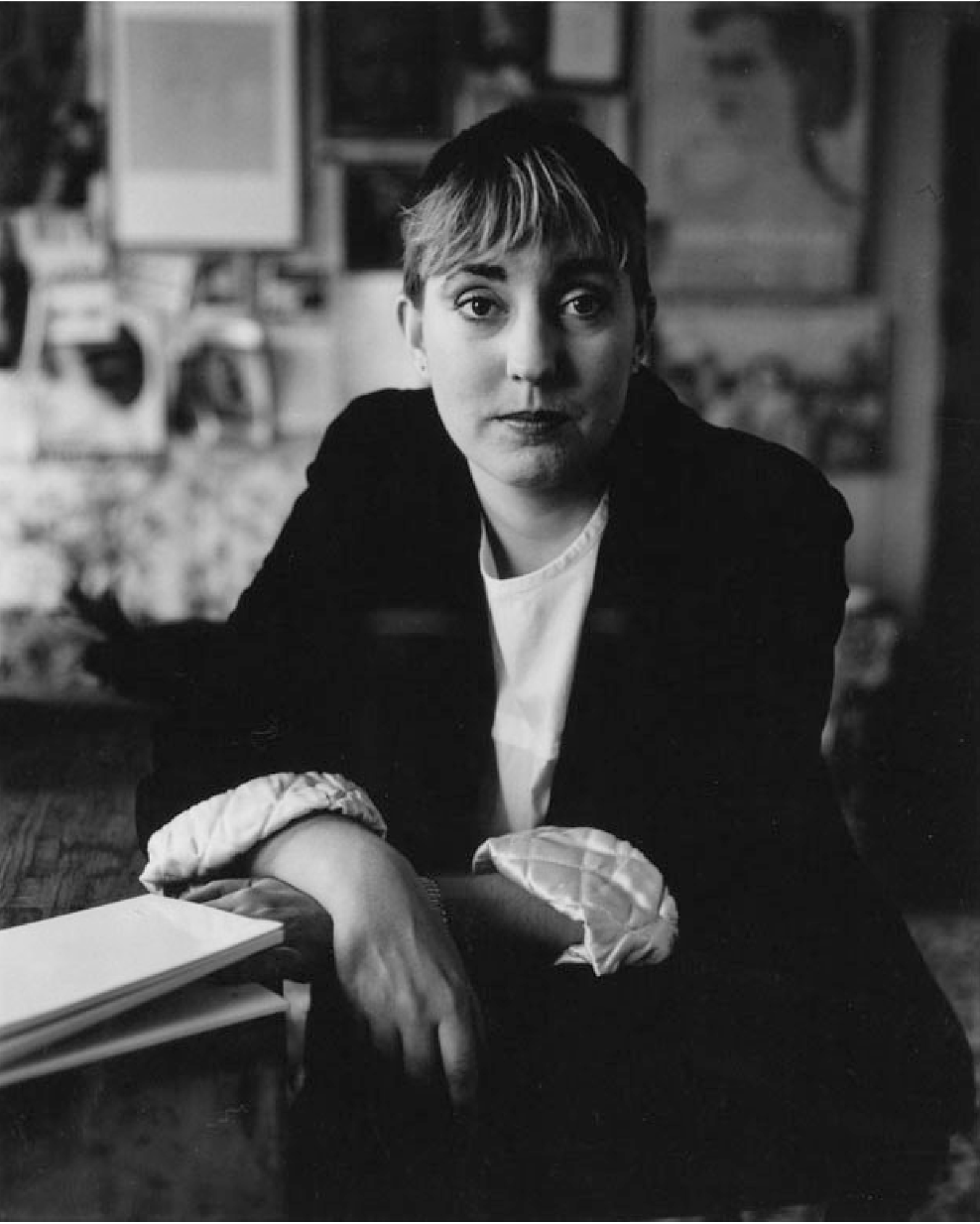Lynn Donoghue Biography

Lynn Donoghue was a Canadian painter known for her astute observation of Canadian cultural figures, who were her friends, family and lovers. By combining her own lived experience with a deep knowledge of art history she was a forerunner of today’s artistic discourse on feminism, gender identity and relationship. Her works are held in major public and private collections across Canada. She was a veteran of more than seventy shows, both solo and group, in a career which lasted from 1973-2003.
Donoghue was born in 1953 in the Ontario mining town of Red Lake, and she later lived in Toronto, New York, London and Bath. She grew up in a dysfunctional family; her father, a mining engineer was also an abuser. Although she never revealed the abuse, she memorialised their relationship in a series of recently discovered paintings, The Caribou Tarp Tent, 1995. She had one older sister.
On a school trip at the age of fourteen, she persuaded her teacher to allow her to separate from the group and visit museums. She made the decision to become an artist when she saw The Dance, 1909, by Henri Matisse, whose work remained a continuing influence. She rejected attending university and her only formal art training was at HB Beal Secondary School in London, Ontario graduating in 1972. Although self taught, she later became a highly literate and influential university educator, teaching at five Canadian universities during her career.
Toronto was the centre of her practice from 1973 until her death. She had one child in 1989, who she painted often, and recorded her role as a mother in another recently discovered series of seven paintings, Motherhood, 1989-90. She had a tumultuous private life, marrying three times, to the artist Richard Bonderenko in 1977, to the plumber Bill Bromley, 1986 and to the poet Victor Coleman in 1996. Donoghue painted both Bromley and Mimmo Langiano, who lived downstairs from her and was the father of her child, although no paintings of Coleman survive.
As a single mother and breadwinner, determined to be self-sufficient, she found resourceful and entrepreneurial ways to stabilize her often precarious finances. Initially supplementing her income by becoming a bookkeeper and by teaching, she later bartered works for materials and services and staged her own pop ups in then unlikely venues.
Despite financial constraints, travel was an important influence on her body of work. While living in New York in the late 1970’s, she met both Alex Katz and Alice Neel who reinforced her decision to pursue painting the figure. Later influences on her work can be traced directly, for example, to works in the National Gallery and Courtauld Institute in London, the Musee Quai d’Orsay in Paris and the Prado in Madrid. She also created works while teaching at artists’ residencies in Alberta, Saskatchewan, Northwest Territories and Botswana, where works are installed in the National Gallery.
In what would now be called performative works of art, she entertained her artistic community at legendary dinner parties, her cooking craft indivisible from art. She was elected a Member of the Royal Canadian Academy of the Arts in 1991, co-founded the Steam Whistle Arts awards in 2003, served as a board member of the Historic Houses of Toronto and was a recipient of the Queen’s Golden Jubilee Medal in 2002.
The artist who suffered from poor mental and physical health, lost a battle with depression in Toronto in 2003 at the age of fifty shortly after installing her work, The Last Supper, 2003.